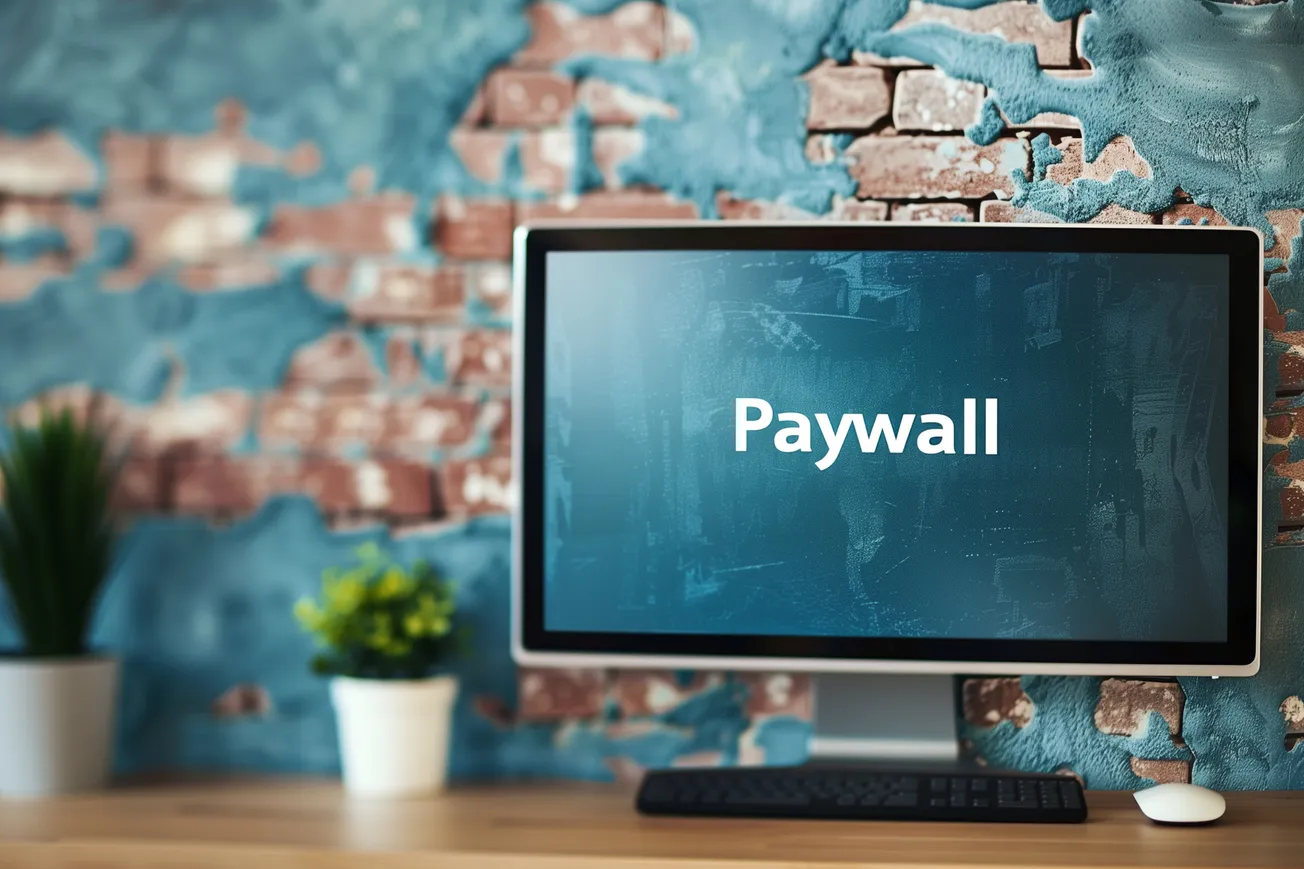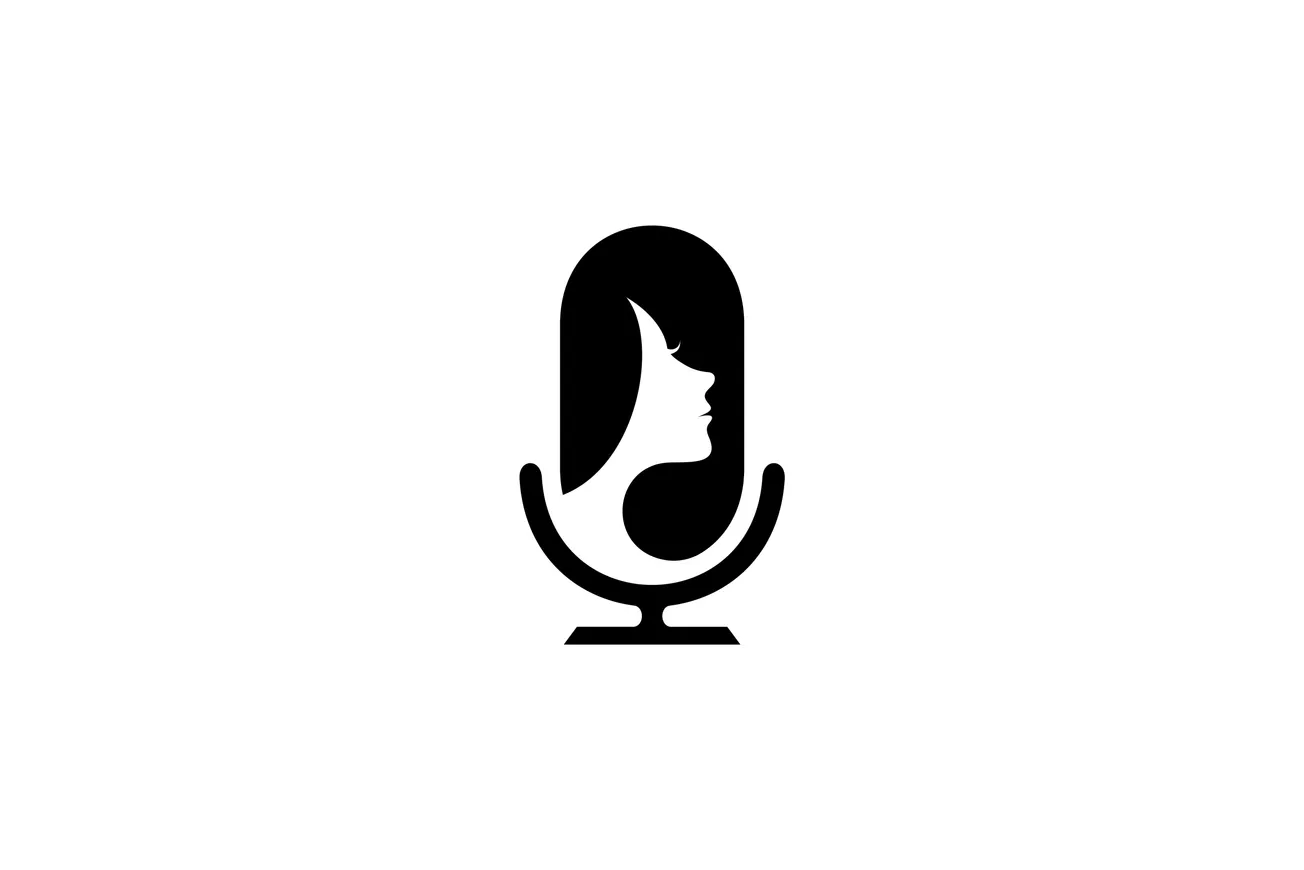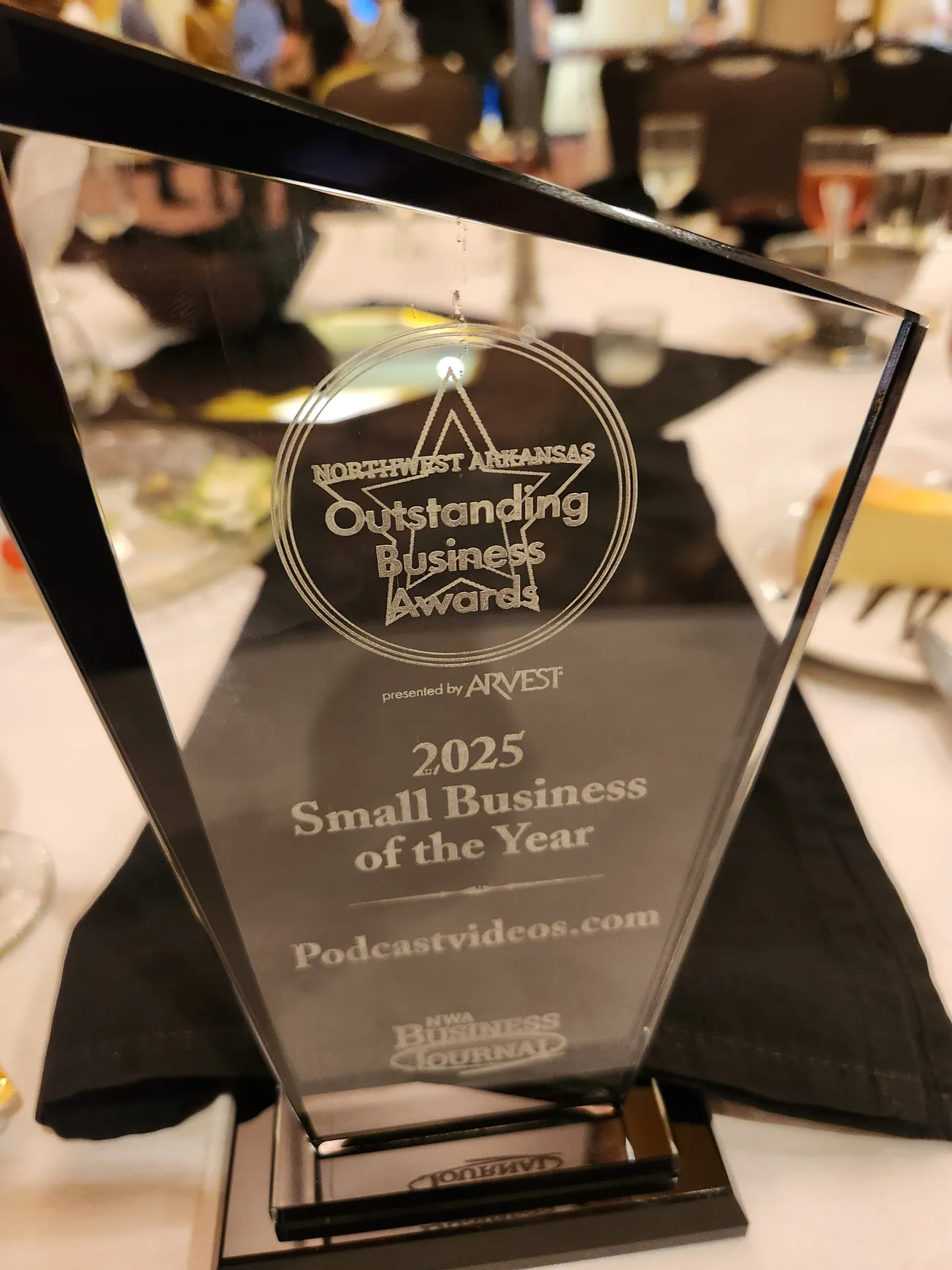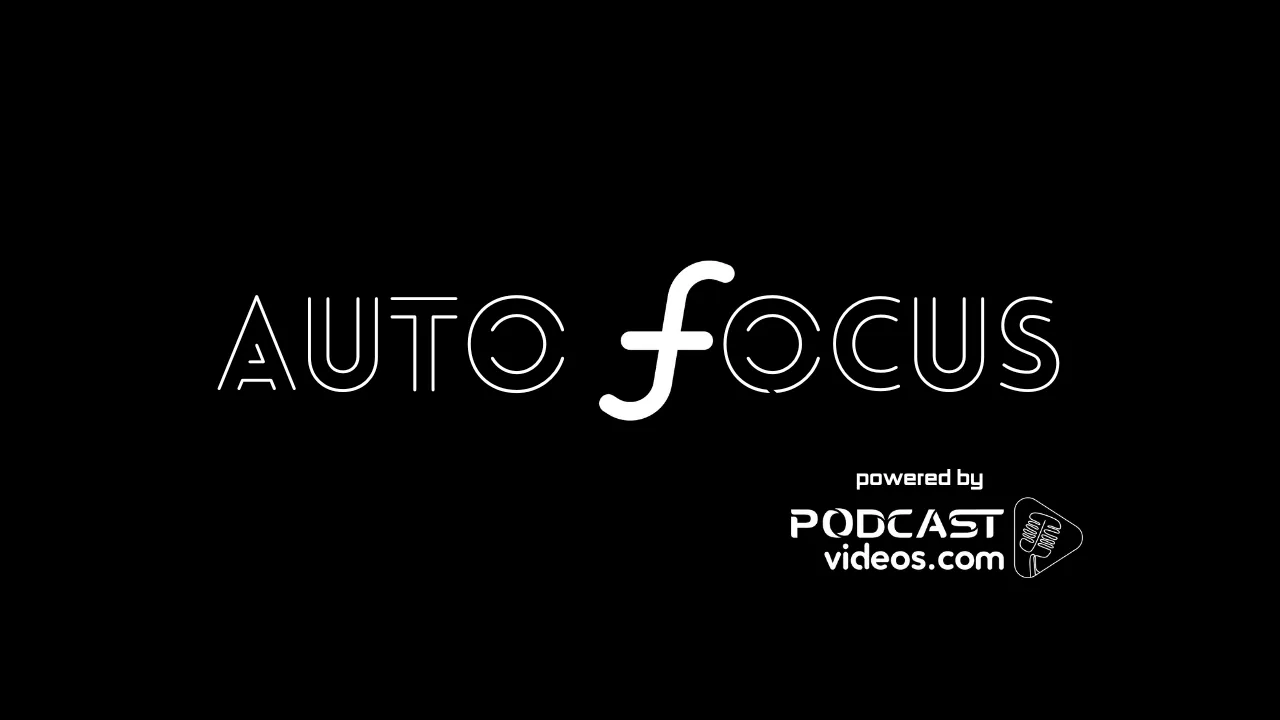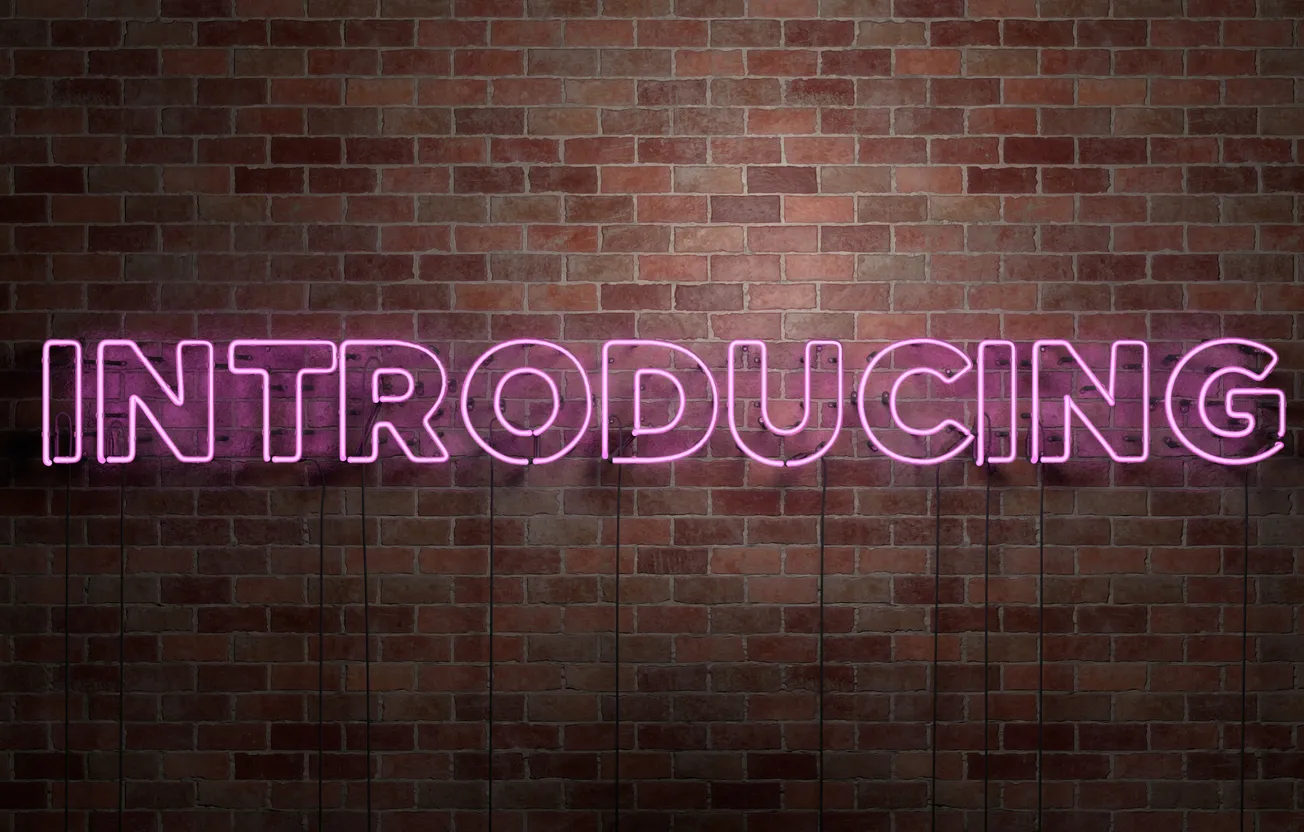News publishers are increasingly moving their podcast content behind paywalls.
This shift is driven by the need for more control over distribution and revenue generation as traditional advertising models become less reliable.
The move to paid podcast models reflects a broader trend of news organizations seeking sustainable revenue sources, echoing earlier transitions to paywalled written content.
Originally conceived as an open-source medium, podcasts have long been celebrated for their accessibility and free distribution model. However, as the medium has matured, news organizations are increasingly exploring paid subscription models to secure sustainable revenue streams, mirroring the transition many made with digital news content.
Podcasting began in the early 2000s with a strong foundation in open-source principles. The format was designed to be freely accessible, with content creators distributing their audio files via RSS feeds. This accessibility allowed podcasts to grow rapidly, as barriers to entry were low, and listeners could consume content at no cost.
The open nature of podcasting fostered a diverse and innovative ecosystem where independent creators thrived alongside established media outlets. The simplicity of the format meant that anyone with a microphone and an internet connection could potentially reach a global audience, leading to a democratization of audio content creation.
As podcasts gained popularity, they attracted significant attention from larger media companies, including legacy news organizations. These companies, facing declining revenue from traditional advertising and print subscriptions, began to explore monetization strategies for their digital content, including podcasts.
The move towards paywalls for podcasts is not unlike the broader trend in digital news media. Over the past decade, many major news outlets have implemented paywalls for their written content as a way to generate consistent revenue. The New York Times, for instance, has amassed millions of digital subscribers since launching its paywall in 2011, setting a precedent for other news organizations to follow.
By 2024, we see an increasing number of news outlets adopting similar strategies for their podcast content. For example, platforms like Spotify have introduced features that allow creators to offer paid subscriptions, and news organizations like The New York Times and The Guardian are exploring subscription models for their podcast offerings.
Several factors are driving the move to paid podcasting models.
As traditional advertising becomes less reliable, particularly in the crowded digital space, news organizations are looking for direct-to-consumer revenue streams. Paywalls offer a way to monetize highly engaged audiences who value the content enough to pay for it.
Paywalls allow content creators and media companies to have more control over how their content is distributed and consumed. This control is particularly important for maintaining journalistic standards and ensuring that content is not misrepresented or taken out of context.
To justify the cost, many outlets are creating exclusive content for subscribers, often featuring high-profile interviews, deep dives, or investigative journalism that cannot be accessed elsewhere.
The adoption of paywalls in podcasting is a natural extension of a broader trend in digital media. In the early days of the internet, most news websites were freely accessible. However, as print circulation declined and digital advertising revenue proved insufficient to sustain operations, many outlets began experimenting with paywalls.
The Financial Times and The Wall Street Journal were among the first to implement paywalls, and their success demonstrated that audiences would pay for high-quality, specialized content. This led to a wider adoption of paywalls across the industry, with varying levels of success. By 2024, major publications like The New York Times have millions of digital subscribers, showcasing the viability of this model.
However, not all outlets have embraced paywalls. The Guardian, for example, has maintained an open-access model, relying on voluntary reader contributions instead of mandatory subscriptions.
This approach highlights the ongoing debate within the industry about the best way to balance accessibility with financial sustainability.
The future of podcasting seems to be increasingly intertwined with subscription models. As the podcasting audience continues to grow—particularly among younger demographics—news outlets are likely to continue experimenting with paywalls.
The success of these models will depend on several factors.
Audiences are more likely to pay for content that offers unique value, whether through in-depth analysis, expert commentary, or exclusive interviews.
Platforms that offer seamless payment and listening experiences, like Spotify and Apple Podcasts, will play a crucial role in the adoption of paid podcasting.
While paywalls are becoming more common, many listeners still expect podcasts to be free. Convincing a significant portion of the audience to pay for content will require demonstrating clear value.
While this shift marks a departure from the open-source roots of podcasting, it reflects the ongoing evolution of media consumption and the challenges of funding quality journalism in the digital age. As this trend continues to unfold, it will be crucial for content creators and media companies to balance accessibility with the need for financial sustainability.
While news organizations have increasingly turned to paywalls and subscription models for their podcasts, this trend is also prominent among non-news sources.
Subscription models in podcasting allow listeners to access exclusive content, ad-free episodes, or early releases in exchange for a fee. These models have been adopted by both legacy media companies and podcast-native platforms, though their approaches often differ significantly.
Legacy media companies, such as The New York Times and NPR, typically use subscription models as part of a broader digital strategy. For these companies, podcasts are often bundled with other types of content—like articles, newsletters, and videos—under a single subscription. This bundling strategy allows these organizations to leverage their extensive content libraries and brand loyalty, making their subscription offers more appealing to consumers who already trust them for news and analysis.
In contrast, podcast-native platforms like Luminary and Patreon focus exclusively on audio content. These platforms have developed subscription models that prioritize direct monetization of individual podcasts or podcast networks. Luminary, for example, offers a subscription service that provides access to a curated selection of exclusive podcasts, created by well-known podcasters and celebrities. This model allows creators to retain more control over their content while offering listeners unique, high-quality programming that isn't available elsewhere.
Similarly, Patreon enables podcasters to create membership tiers, offering various perks such as bonus episodes, behind-the-scenes content, and personalized interactions in exchange for monthly support. This model has proven successful for many independent podcasters who have cultivated dedicated fan bases willing to support their favorite shows directly.
One of the main draws of subscription-based podcast models is the promise of exclusive content. For both legacy media and podcast-native platforms, exclusivity is a key differentiator that helps justify the cost of subscriptions.
Legacy media companies often use exclusive content as a way to reinforce their brand's authority and deepen engagement with their audience. For instance, NPR offers exclusive podcast content to its subscribers, including special interviews and extended cuts of popular shows. This content is designed to appeal to the organization's core audience, who value in-depth journalism and high production quality.
These companies also have the advantage of established reputations and extensive resources, allowing them to produce high-quality exclusive content that can compete in a crowded marketplace. However, the challenge lies in balancing the need for subscription revenue with the goal of reaching a broad audience. By placing too much content behind a paywall, they risk alienating potential listeners who are unwilling to pay for access.
Podcast-native platforms, on the other hand, often focus on niche content that appeals to specific audiences. For example, Luminary's strategy of curating a selection of high-profile podcasts exclusively for its subscribers has helped it carve out a space in the market. This approach is particularly effective for podcasts that target passionate, engaged communities, as these listeners are more likely to pay for access to content that resonates with their interests.
Moreover, the flexibility of platforms like Patreon allows creators to experiment with different types of exclusive content, such as live streams, Q&A sessions, and community-driven projects. This direct engagement with listeners helps to build stronger relationships and fosters a sense of community, which is critical for sustaining long-term subscription support.


